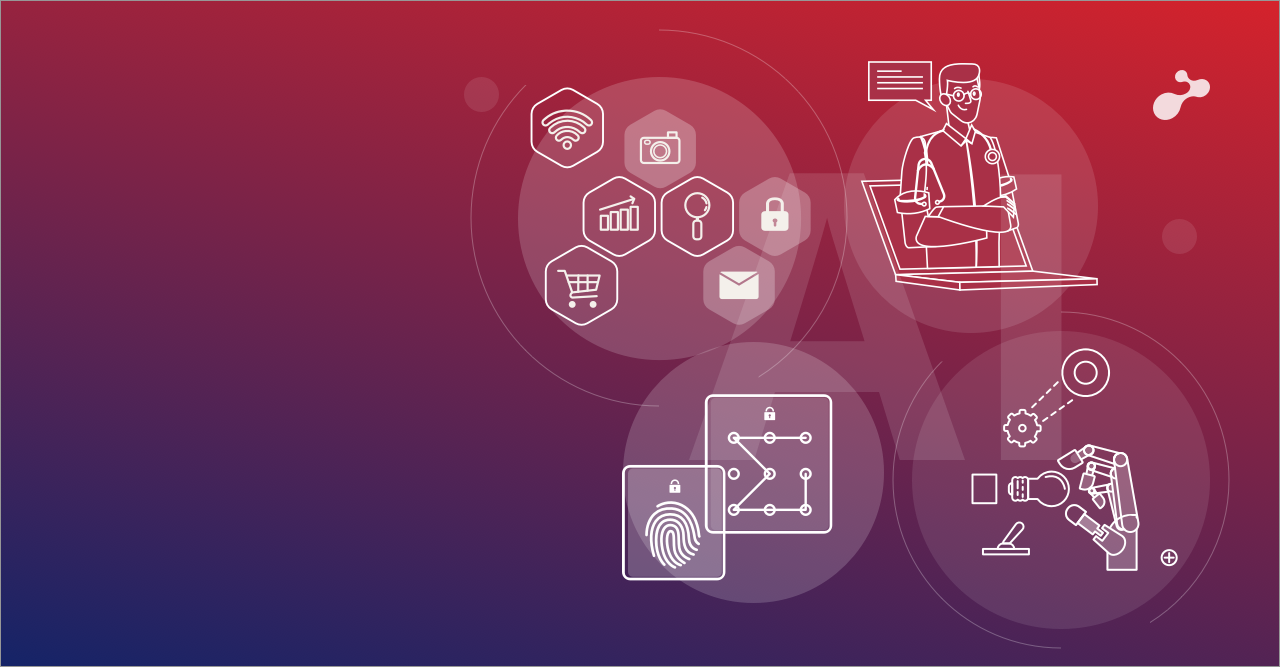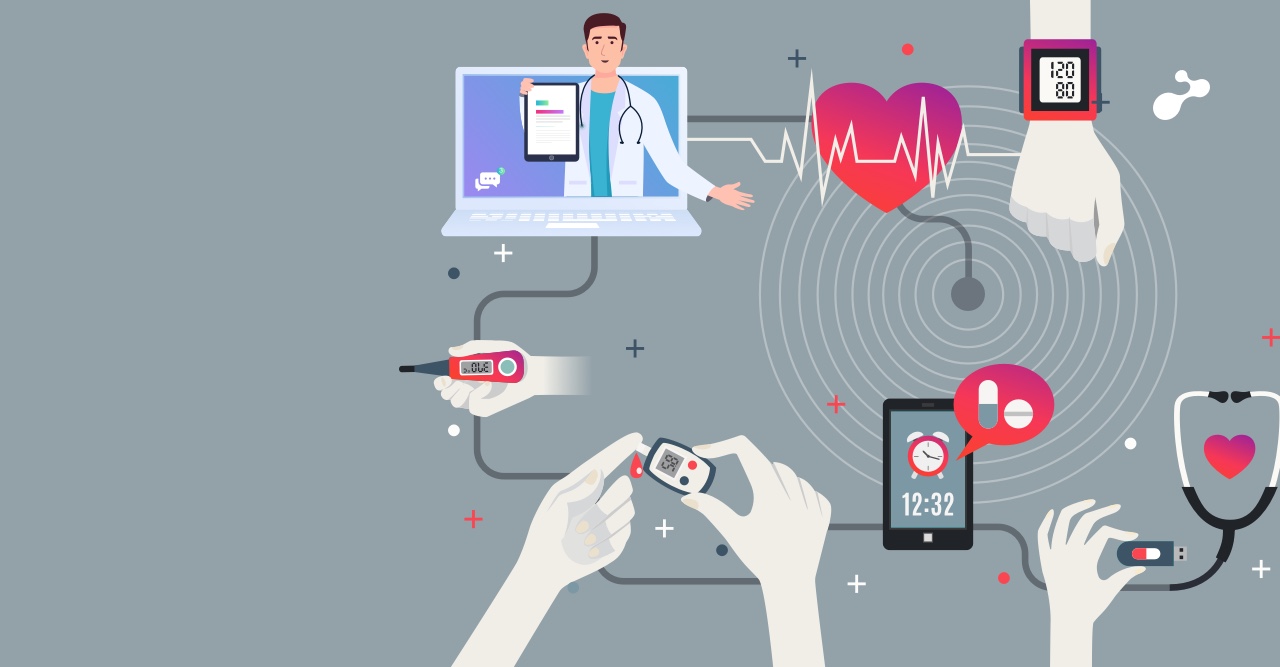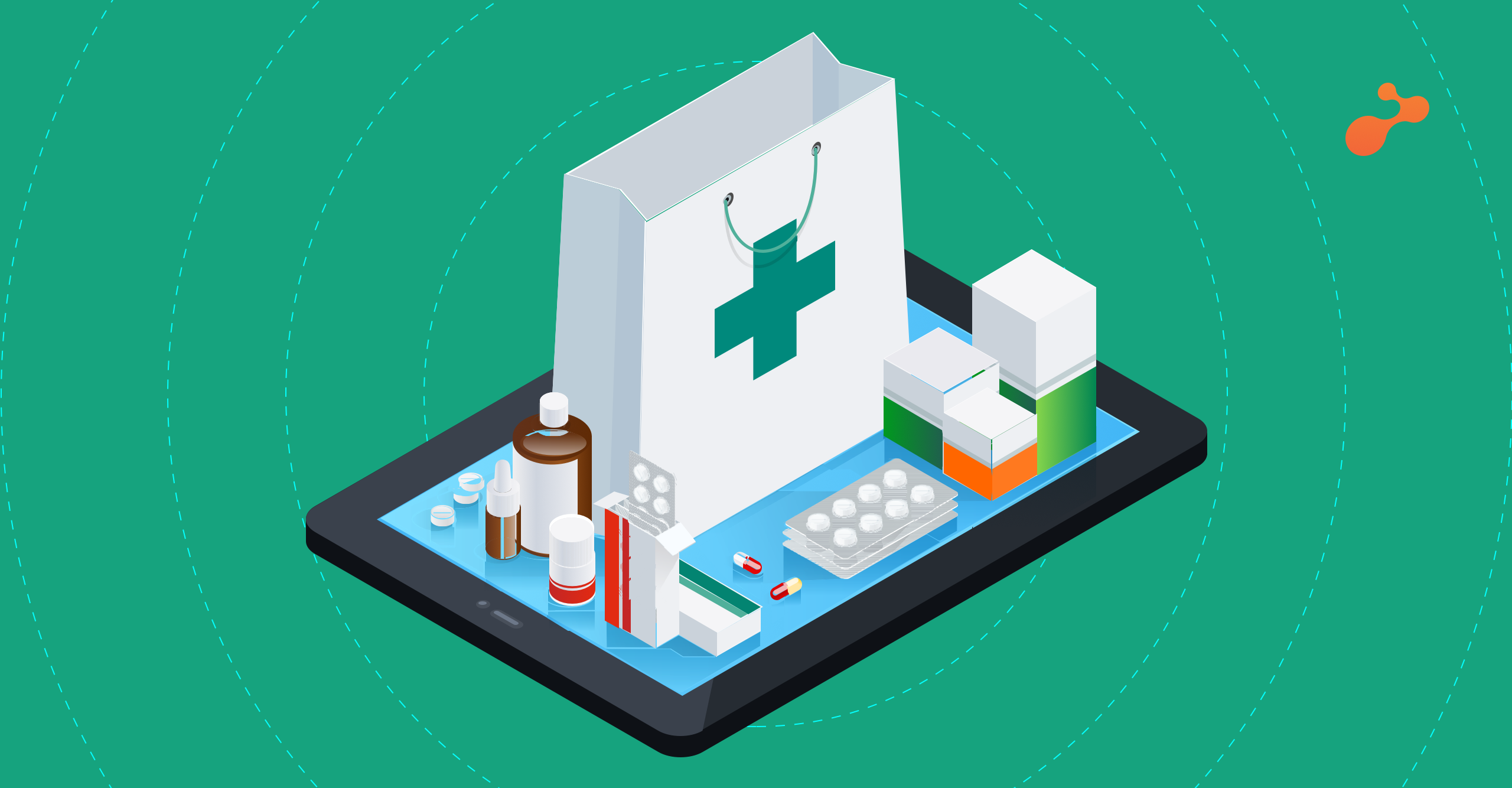Most healthcare companies today are thinking about reengineering their solutions for the digital era. However, they are not quite sure where to get started on this long journey. If you have a product in the healthcare domain that deals with patients and their clinical and administrative data and want to get on track for product modernization, you need to think about the following points:
- Identify your re-engineering objective and goal – Why do you want to reengineer your product? Can your product survive without re-engineering? Can the product work just fine by extend more features in the existing architecture stack?
- Think through the end user pain points and what you want to achieve - Your typical end users maybe doctors, nurses and administrative staff. You may also be dealing with patients through portals. However, just thinking through their app journey is not enough. There are essentially two ways to go about it. Either build an application to support a business function or disrupt one. In either of these cases, focus has to be on the actual business problem. For instance, how do we ensure that patients are getting positive outcomes from the application? How do we ensure that doctors have access to all the information they need before writing a prescription? Or how can a nurse capture patient vital signs and update patient notes at point of care?
- Engineer an experience that is clear and is easy to understand - Building an experience which is intuitive and at the same time is restricting the screens to clear separation of concerns. Most of the time you see that there is no clear ‘separation of concern’ while thinking through the screens, which results in building complex screens that are not easy on end user eyes and results in bulky applications.
- Decide your approach of migration - Do you want to reuse the existing database design or write a new design? Can you focus on just the business layer and presentation layer while keeping the database intact?
- Adhere to regulatory needs – Know the regulations that impact your healthcare design decisions. Usually regulations across the globe are targeted towards building a meaningful system that helps in collecting different aspects of data and result in positive patient outcomes. While regulations deal with these functional aspects, they are also very heavy on quality and overall non-functional aspects of the system.
- Reusability in the domain model – Can we build the application in a way that helps in a progressive journey?
- Cost versus market timing – When do you want to bring your application to the market? Studying the market forces and the competition is an important and obvious homework that every product owner and/or entrepreneur needs to do.
- Data Security Strategy – While healthcare applications deal with PHI, it is important to make sure that patient data is secure, at rest and/or in transit.
- Build privacy controls – Applications should have a strong role-based authorization, where every role is assigned dynamic permission management. In many cases, you need to deal with privacy notices and consent that ensure only authorized users are accessing the data. Needless to state, the modernization efforts should consider building a hacker-free application. You must also consider performing a VAPT.
- Manage Audit trails – During the modernization process, many products tend to be a little loose on audit trail needs. Hence, thinking through the data audit trail strategy is an often overlooked but important strategy.
- Data availability – This feature is an essential need for healthcare applications. The application should be available almost 99.99 % of the time.
- Integrity Control – How do we ensure that the data in rest or transit will not be manipulated or corrupted?

.jpg)




